
The Spelman College Collection evolved from a set of intersecting factors: donations from alumnae and friends of the institution; the creation of a visual arts program in the 1930s; the presentation of a series of important exhibitions; and, support from arts leaders and administrators who believed that direct engagement with visual art would enhance the cultural and educational community. Archival records indicate that in 1899 missionary Reverend J. M. Lewis donated a collection of stuffed birds from the Americas and Africa to Spelman College. Around 1900, Nora A. Gordon, C’1888, (pictured above) donated African art that she purchased during her service as a missionary in the Democratic Republic of Congo. These early gifts set a precedent that would reverberate decades later.
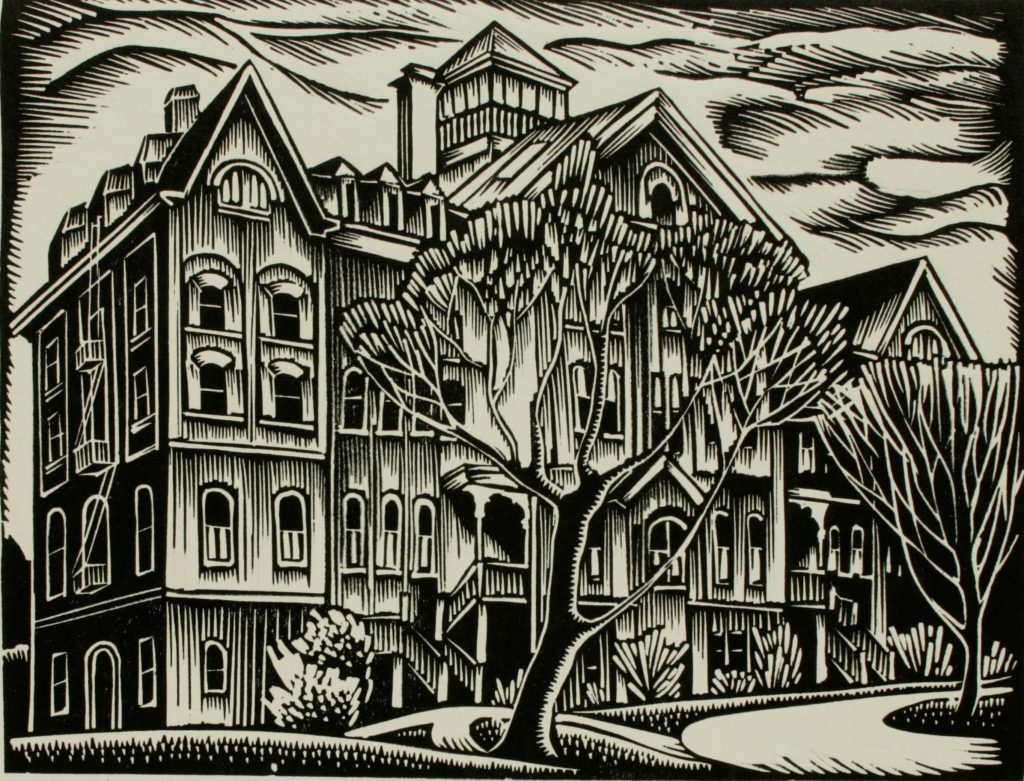
Spelman’s current holdings began in earnest with the acquisition of a series of linocut prints by Hale Woodruff (1900 – 1980) who established the Atlanta University Center’s (AUC) art department in 1931. The series depicts the historical and then newly erected buildings on the grounds of the AUC campuses. Equally critical to the development of the art department yet under discussed is the sculptor Nancy Elizabeth Prophet (1890 – 1960). Prophet and Woodruff’s collective efforts established a formidable platform for the Atlanta University Center to create a vibrant exhibitions agenda and acquire works by celebrated artists. During this critical time Woodruff launched the Exhibition of Paintings, Sculpture, and Prints by Negro Artists. Widely known as the Atlanta University Art Annuals (1942 – 1970), this juried exhibition was pivotal to the professional development of Black artists.
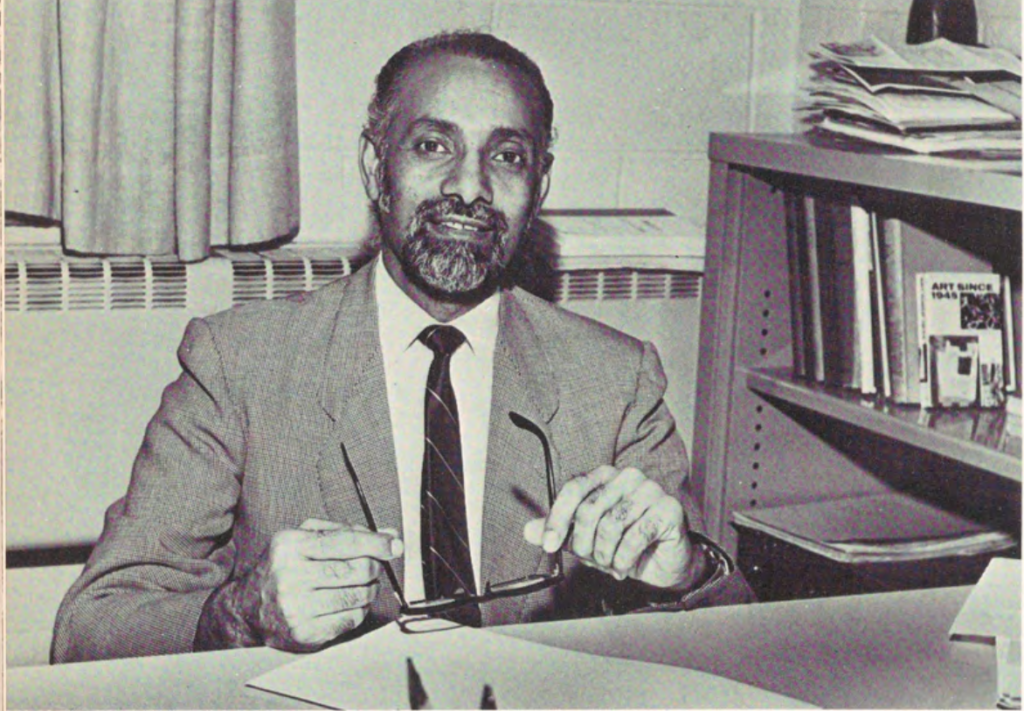
The next phase in the development of the Spelman College Collection is a credit to the Atlanta University Center Coordinated Art Program. The program, which was established in 1960, offered a diverse and enhanced arts curriculum to AUC students. It provided instruction in art education, art history, ceramics, design, drawing, painting, photography, printmaking, sculpture, weaving, and other media. Former museum director John Davis Hatch (1907 – 1996) served as a consultant to the program and acting chair of the fine arts division at Spelman from 1964 – 1970. During his tenure, Hatch raised funds for the College to acquire works by African American, American, and European renowned artists.
The Coordinated Art Program also hosted an artist-in-residence program that was spearheaded by Talladega College alumnus Hans Bhalla (1927 – 1977) who served as chair of the Spelman College Department of Art from 1967 to 1977. The extensive roster of artists-in-residence whose art works are represented in the College’s collection include Benny Andrews (1930 – 2006), Herman “Kofi” Bailey (1931 – 1981), Floyd Coleman (1939 – 2019), Sam Gilliam (born 1933), Barrington Watson (1931 – 2006), and others.
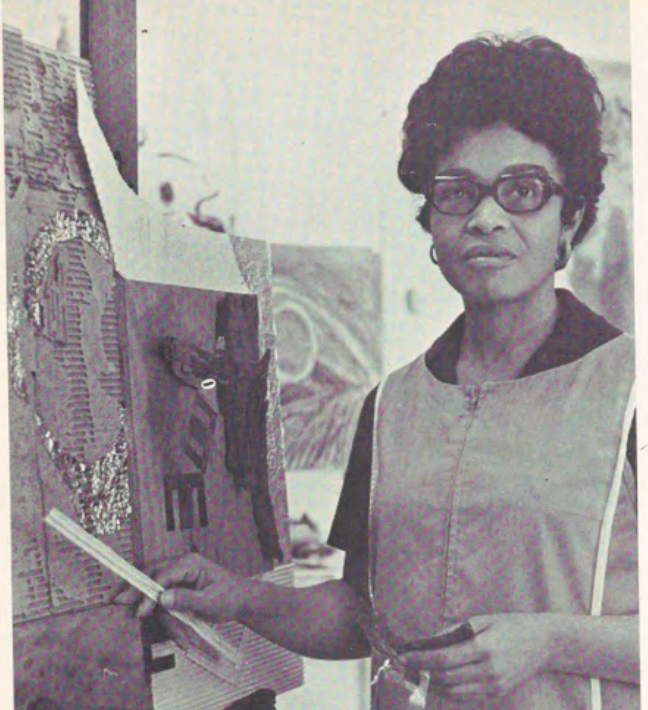
When Donald M. Stewart, Ph. D. (1938 – 2019), was named the sixth president of Spelman College in 1976, his appointment was met with protest. Social justice movements including the civil and women’s rights movements in the sixties and seventies helped to fuel students and faculty’s advocacy for a Black woman to lead the institution. Informed and compelled by their convictions, Stewart championed their cause. He remained fully dedicated to Spelman’s mission to educate and matriculate well-rounded Black women who were exposed to world cultures. He also made it a priority to uplift Black women’s talents and capabilities in a variety of fields and facilitated the acquisition of works by Black women artists for the College’s permanent holdings.
In 1983, Stewart raised funds to purchase several contemporary works by Black women artists. Chair Emerita of the art department Jenelsie Walden Holloway (1929 – 2009), Spelman alumna, and former student of Hale Woodruff and Nancy Woodruff Prophet, spearheaded the College’s acquisition of works by Betty Blayton-Taylor (1937 – 2016), Elizabeth Catlett (1915 – 2012), Laurie Ourlicht (1953 – 2010), Stephanie Pogue (1944 – 2002) Lucille Malkia Roberts (1927 – 2004), Betye Saar (born 1926), and Claudia Widdiss (born 1950), and others.
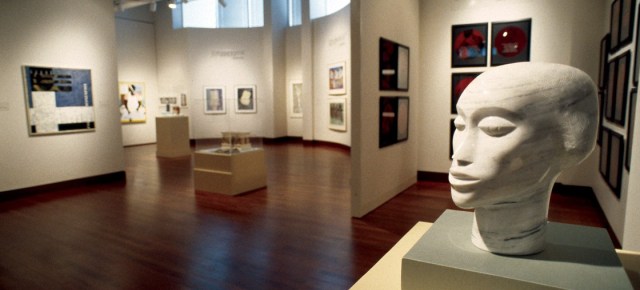
The phrase “Building a More Stately Mission” is taken from the Spelman College Museum Fine Art’s first vision statement by M. Akua McDaniel, Spelman College Associate Professor Emerita and former Interim Museum Director. The title is also inspired by Aaron Douglas’s 1945 painting Building More Stately Mansions.
When Johnnetta Betsch Cole, Ph.D., became president of Spelman in 1987 one of her priorities was to establish the Spelman College Museum of Fine Art. The Museum celebrated its opening by organizing and presenting the groundbreaking and nationally touring exhibition Bearing Witness: Contemporary Works by African American Artists. This major exhibition fundamentally informed the Museum’s focused emphasis on Black women artists. Throughout its history, the Museum has unapologetically foregrounded art by women of the African Diaspora, exhibiting and collecting works by emerging, mid-career, and established artists. To honor this tradition, the Museum regularly acquires at least one work from original exhibitions that it presents.
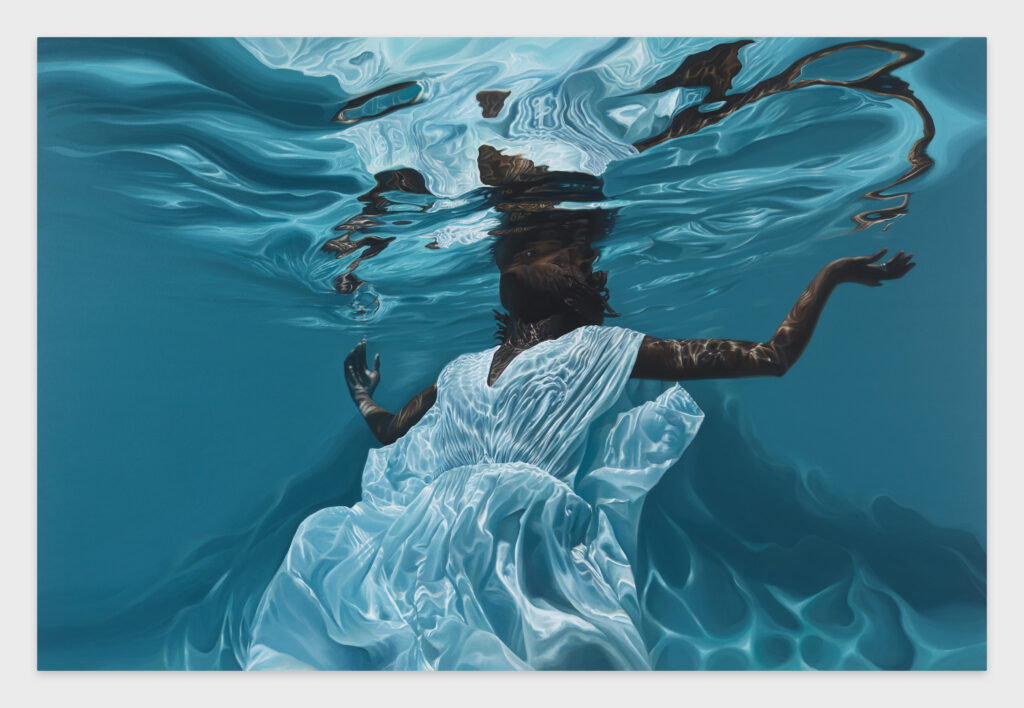
The Spelman College Collection is comprised of artworks by celebrated artists across generations and throughout the African Diaspora. The collection is a testament to the thought leadership that continuously guides the Museum. The Museum has become well-regarded for its highly acclaimed exhibitions, innovative academic and public programming, and focused collection. The Spelman College Museum of Fine Art is well poised to continue claim its charge as a resource and repository for significant works of art.
To inspire and enrich the Spelman College community and the general public primarily through art by and about women of the African Diaspora.
Mailing address:
350 Spelman Lane, Box 1526
Atlanta, GA 30314 29201
Phone: 404.270.5607
Email: museum@spelman.edu
February 2 – May 24, 2024
Wednesday – Saturday
12pm – 5pm
The Museum is Closed Sundays, Mondays, Tuesdays, Holidays and Spelman campus breaks.